Your Key to Sketchbook Inspiration
When it comes to precision, clarity, and versatility, fine liner ink pens are indispensable tools for artists. These pens, with their consistent ink flow and sharp tips, are ideal for creating detailed sketches, intricate designs, and bold line work. If you’re looking to elevate your artistic practice, focusing on fine-liner pens can unlock a world of sketchbook inspiration. Let’s explore how these pens can set you up for sketch success and fuel your creativity.
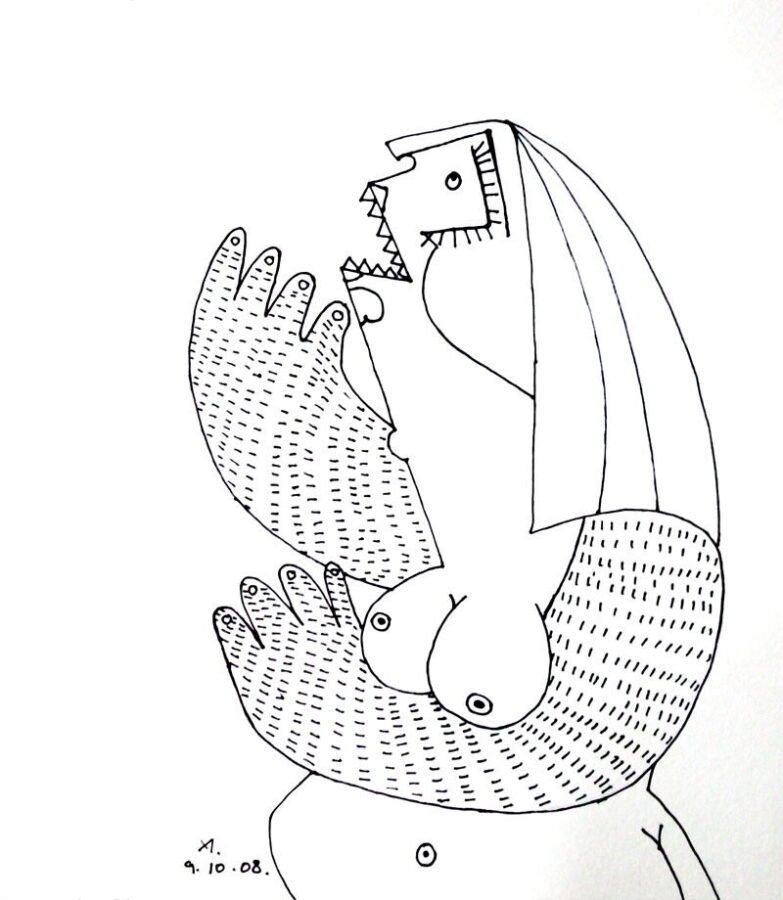
credit: SHARANYA
Why Choose Fine-Liner Black Ink Pens?
Fine-liner pens are designed for artists who value precision and quality. Their features make them ideal for sketching, inking, and even mixed-media artwork.
Key Benefits of Fine-Liners
- Consistency: Fine-liners deliver smooth, even ink flow, ensuring that every line is clean and precise.
- Variety of Tip Sizes: Available in different widths, from ultra-fine to medium, fine-liners allow for detailed work and bold accents.
- Durable Ink: Often water-resistant and fade-proof, fine-liner ink ensures your sketches stand the test of time.
- Control and Versatility: Fine-liners are perfect for creating everything from delicate textures to bold outlines.
For artists seeking tools that combine reliability with creative flexibility, fine-liners are an essential addition to the sketchbook.
Techniques to Master with Fine-Liner Pens
Using fine-liner pens effectively requires an understanding of their potential. Here are some techniques to help you get the most out of these versatile tools.
1. Line Variations
Although fine-liner pens have fixed tip sizes, you can achieve variation by adjusting pressure and angle:
- Use light pressure for thinner, more delicate lines.
- Increase pressure slightly for darker, more prominent strokes.
- Layer lines to build up depth and texture.
2. Cross-Hatching and Stippling
Fine-liners excel at creating detailed shading effects like cross-hatching and stippling:
- Cross-Hatching: Layer parallel and crisscrossed lines to build tone and texture.
- Stippling: Use small dots to add shading or intricate patterns.
These techniques are perfect for adding dimension and complexity to your sketches.
3. Outlining and Detailing
Fine-liners are ideal for defining shapes and refining details:
- Outline the main elements of your sketch to create bold focal points.
- Add intricate details like textures, patterns, or highlights for depth and realism.
4. Combining with Other Mediums
Pair fine-liners with watercolors or markers to create striking mixed-media artwork. Their water-resistant ink ensures your lines remain intact when layering with other mediums.
Types of Fine-Liner Tips for Sketching
Fine-liner black ink pens are available in a range of tip sizes, allowing for versatility in your sketches. Here’s a guide to the most commonly used tip sizes:
0.1mm and Below: Ultra-Fine Detail
- Perfect for creating intricate patterns, textures, and fine details.
- Ideal for architectural sketches, technical drawings, or adding subtle accents to larger pieces.
0.3mm to 0.5mm: Versatile Everyday Use
- Suitable for outlining, cross-hatching, and general-purpose sketching.
- Provides a balance between detail and boldness, making it a favorite for most artists.
0.7mm and Above: Bold Accents
- Best for emphasizing outlines and creating strong focal points.
- Works well for stylized sketches or graphic designs with high contrast.
Inspiring Subjects for Fine-Liner Sketches
Looking for ways to fuel your sketchbook inspiration? Here are some subject ideas that work beautifully with fine-liner pens:
1. Architecture and Cityscapes
Capture the intricate details of buildings, bridges, and streetscapes. Fine-liners are perfect for rendering architectural textures, such as brickwork or steel girders.
2. Botanical Studies
Explore the delicate lines and patterns found in leaves, flowers, and trees. Fine-liner pens can bring out the organic intricacies of nature with stunning precision.
3. Portraits and Figures
Focus on the subtle details of faces, expressions, and gestures. Fine-liners allow for clean lines that highlight the contours and features of your subject.
4. Abstract Designs
Experiment with patterns, shapes, and textures to create eye-catching abstract compositions. Use different tip sizes to build layers of intricate detail.
5. Everyday Objects
Sketch items like cups, books, or tools to practice shading and perspective. Fine-liners can add a sense of realism to simple objects through detailed line work.
Choosing the Right Fine-Liner Pens for Your Needs
Selecting the right fine-liner pens is essential for achieving your artistic goals. Here’s what to consider when building your toolkit:
Ink Quality
Look for pens with waterproof and fade-resistant ink to ensure longevity and durability.
Tip Sizes
Invest in a range of tip sizes to accommodate different sketching techniques and styles.
Brand Reputation
Trusted brands like Micron, Staedtler, and Faber-Castell offer high-quality fine-liner pens that are reliable and artist-approved.
Ergonomics
Choose pens with comfortable grips, especially if you plan on sketching for extended periods.
Bringing Your Fine-Liner Sketches to Life
Fine-liner black ink pens have the power to transform your sketches into professional-quality artwork. Here’s how to make the most of them:
Experiment Freely
Don’t be afraid to try new techniques or combine different tip sizes within a single sketch. Creativity thrives when you push your boundaries.
Practice Daily
Consistent practice is the key to improving your skills. Dedicate time each day to sketching with fine-liners, and watch your confidence grow.
Share Your Work
Posting your sketches online or sharing them with friends can provide valuable feedback and inspire others to explore fine-liner pens.

Sketchbooks.org | TRADITIONAL TECHNIQUES
Expressive Caricature Portraits | From Sketch to Statement
Expressive caricature portraits are more than exaggerated drawings—they’re bold interpretations of personality, emotion, and character. From quick sketches at street fairs to refined studio pieces, caricature art blends humor, observation, and stylized technique to create...
Final Thoughts
Fine-liner style black ink pens are the perfect tools for artists seeking precision, versatility, and control. Their ability to create clean lines, detailed textures, and dynamic compositions makes them an essential part of any sketchbook practice. Whether you’re working on architectural studies, botanical sketches, or abstract designs, fine-liners will fuel your sketchbook inspiration and set you up for artistic success.
Call to Action
Grab your fine-liners, open your sketchbook, and start creating today—the world is your canvas.
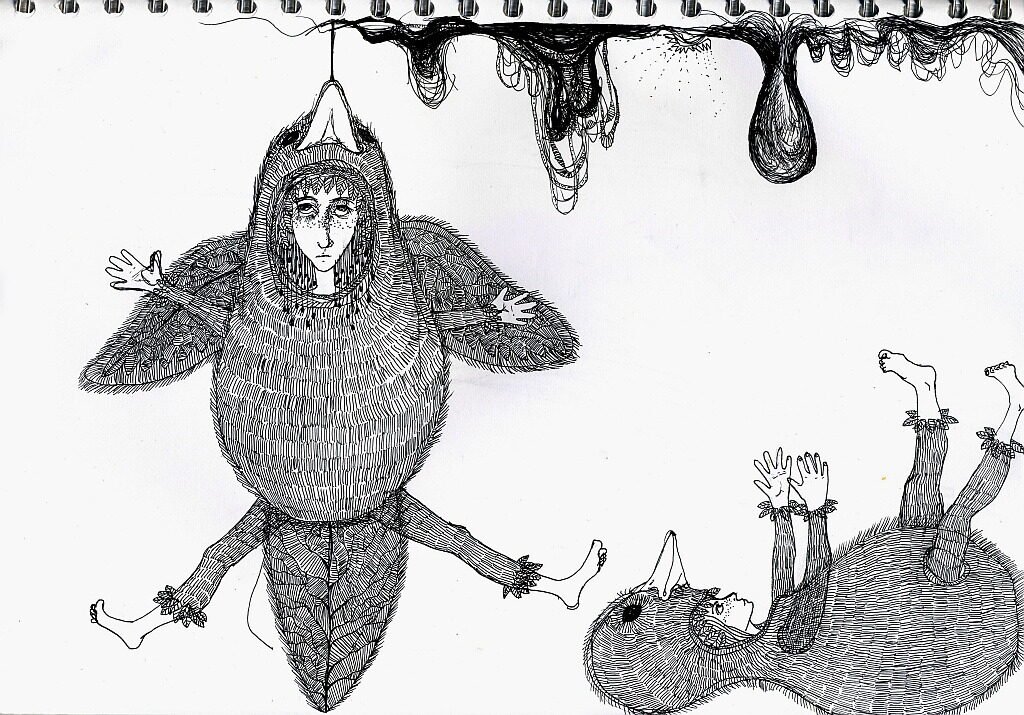
credit: ANIAPAWLIK
Ready to Share Your Work?
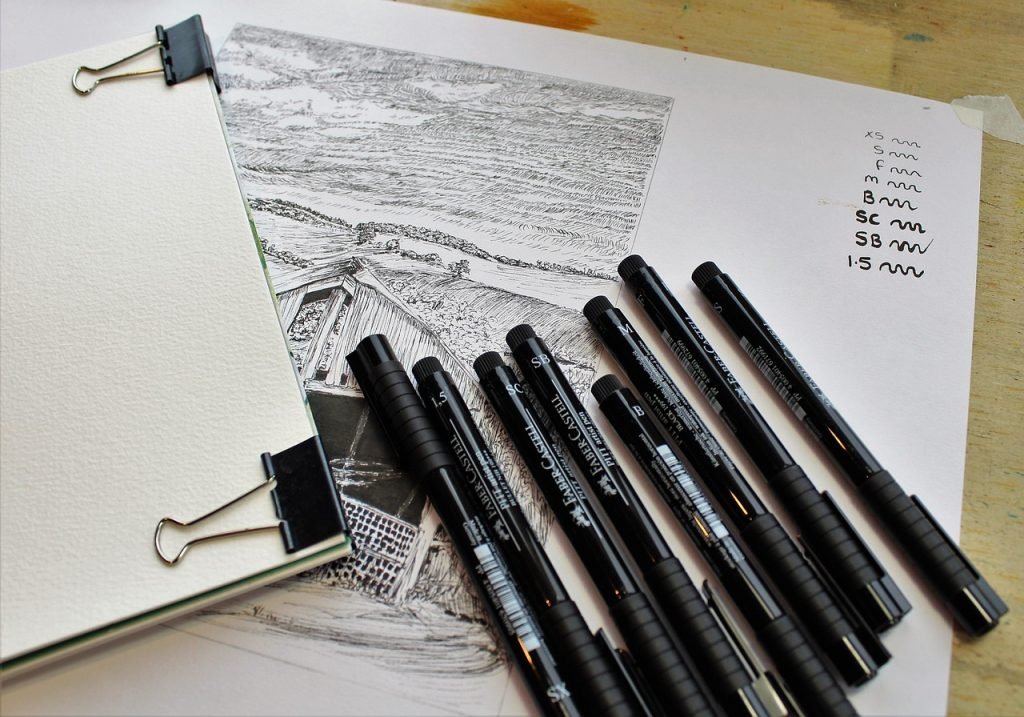
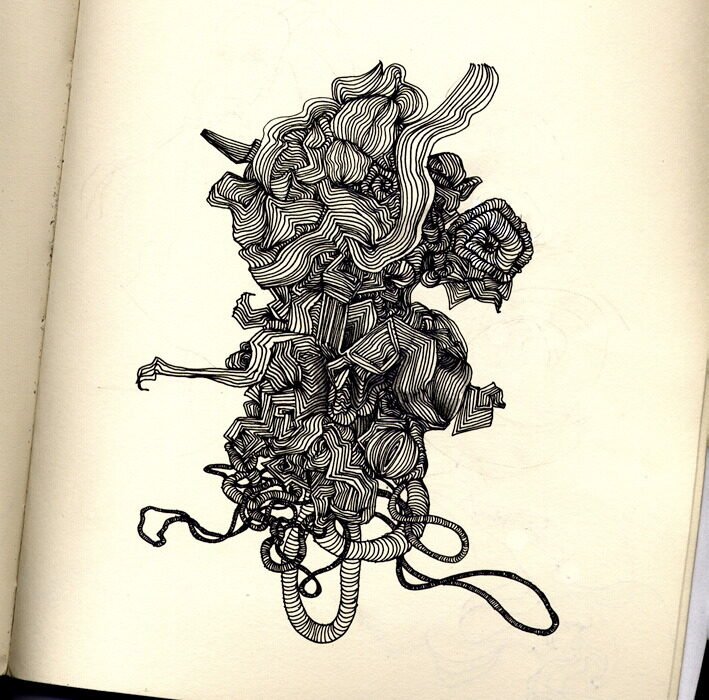
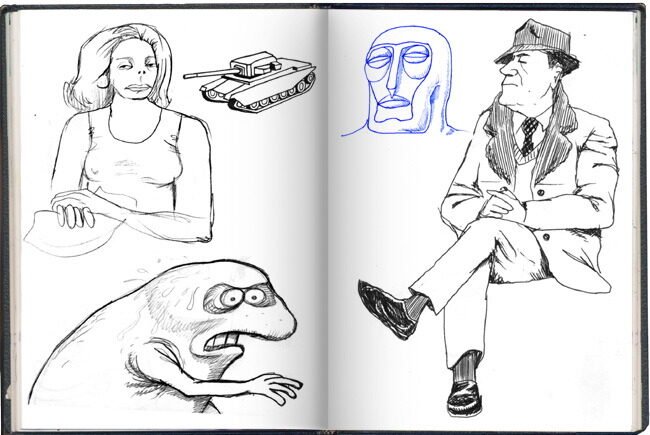
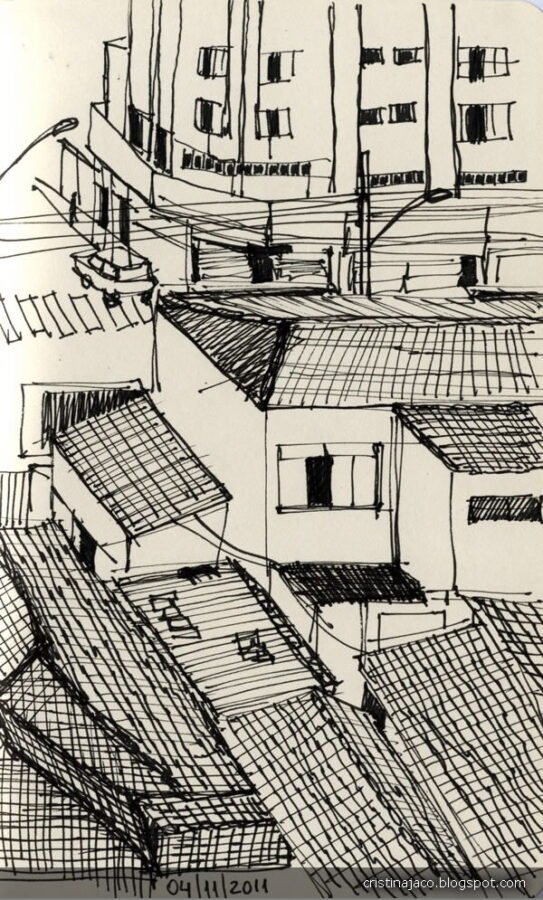
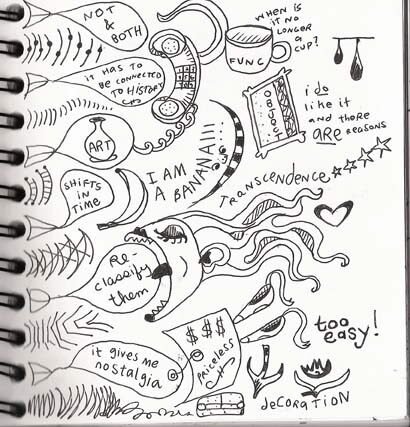
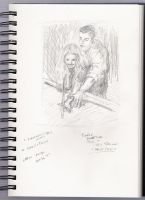
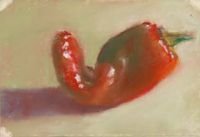
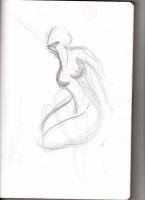

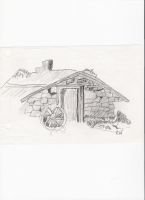
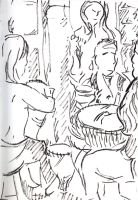
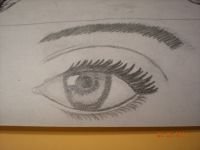

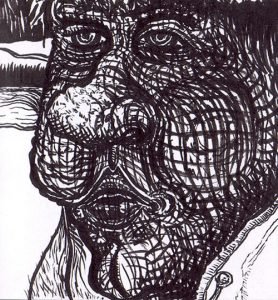

I can’t be without a fineliner in my bag
I love the control you can get with these pens.
The metal sleeve is awesome for guiding along a ruler blade for straight lines art work.